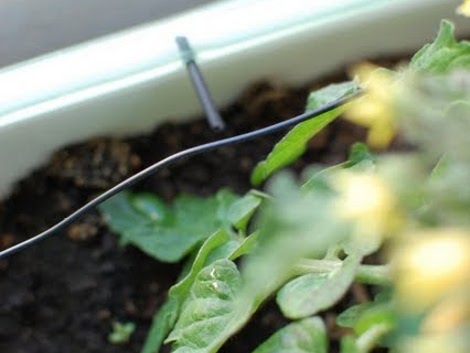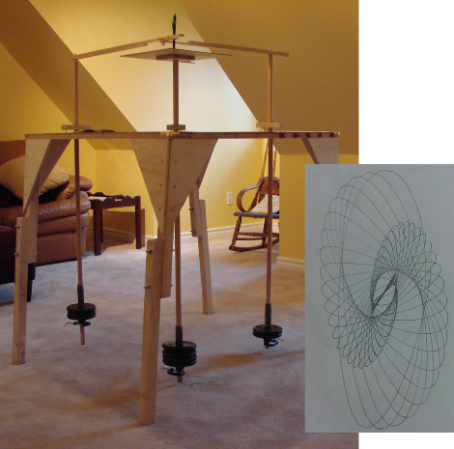
Want to really stretch the battery life on your phone? If you have an OLED display [Jeff Sharkey] may have the answer. He did some testing with his Nexus One to see if color alterations can save on current. Darker colors draw less amperage and he found that the red pixels are the most efficient. He did a little work with SurfaceFlinger, which handles the display on Android devices to make this easy, but what will you get by going red? He measured that using only the red pixels dropped the current use down to 35% of what the full color display was pulling. This reminds us of those efforts to save energy by running a black background with Google. Whether you use it or not his post is an interesting read.















